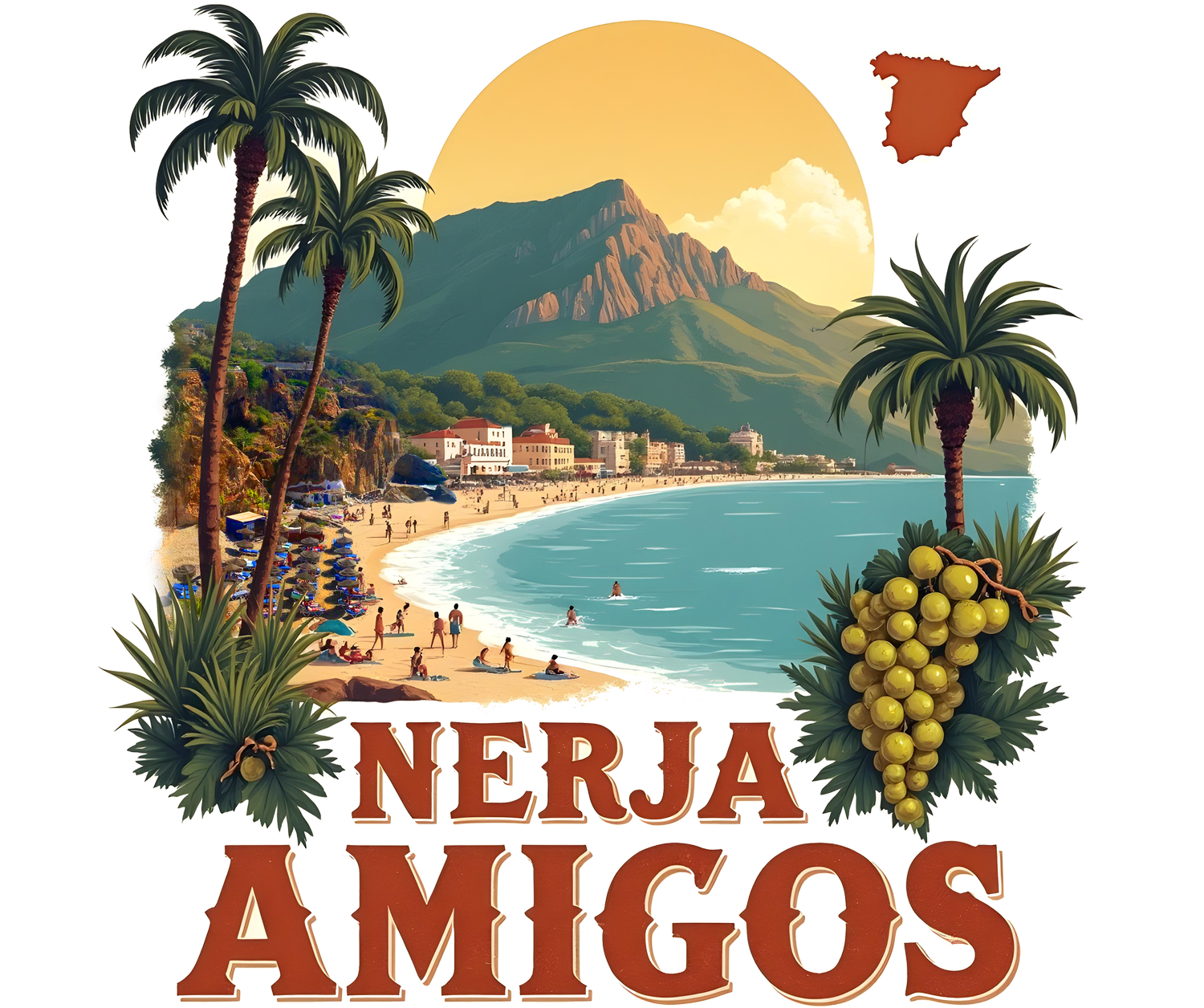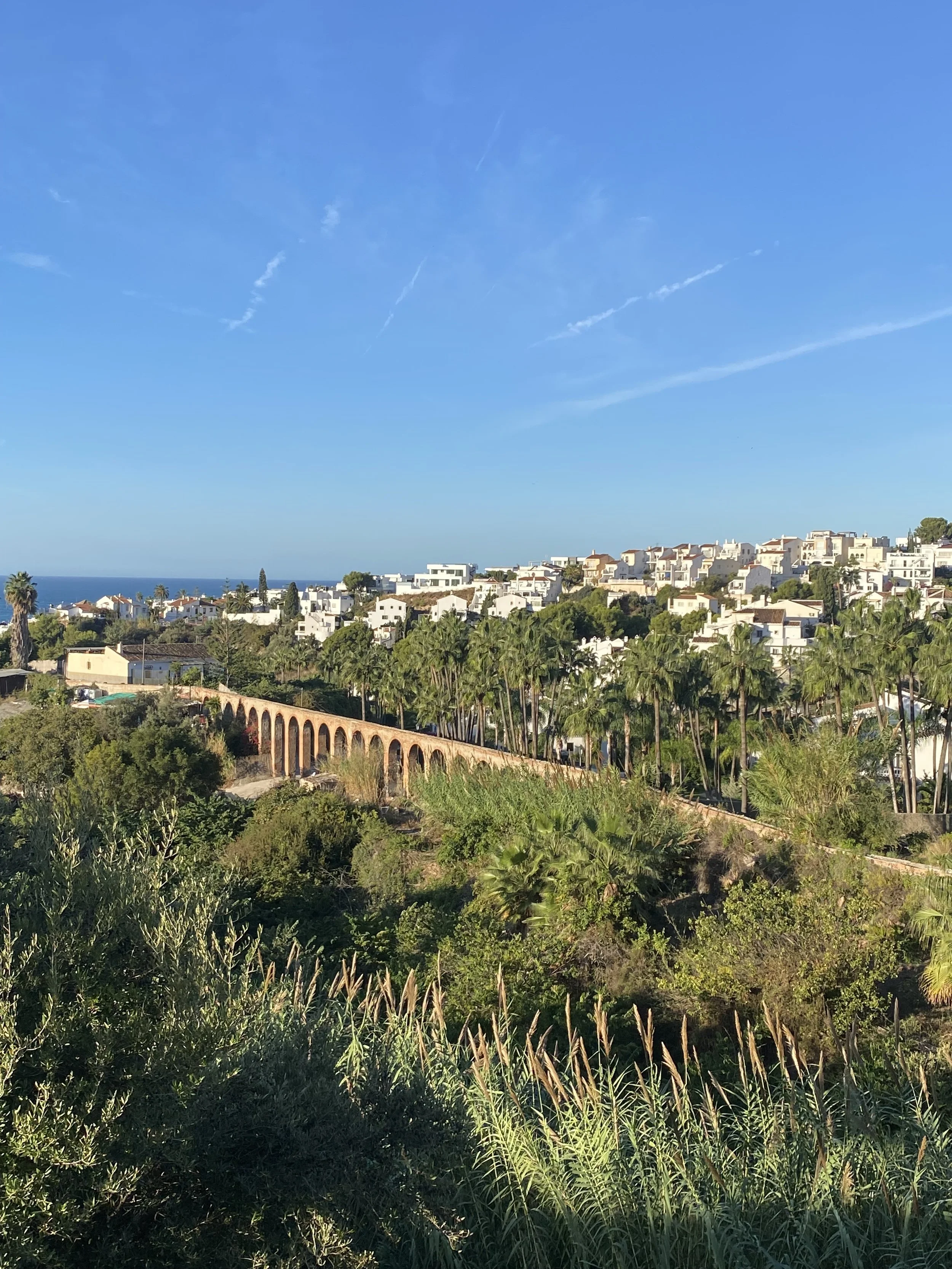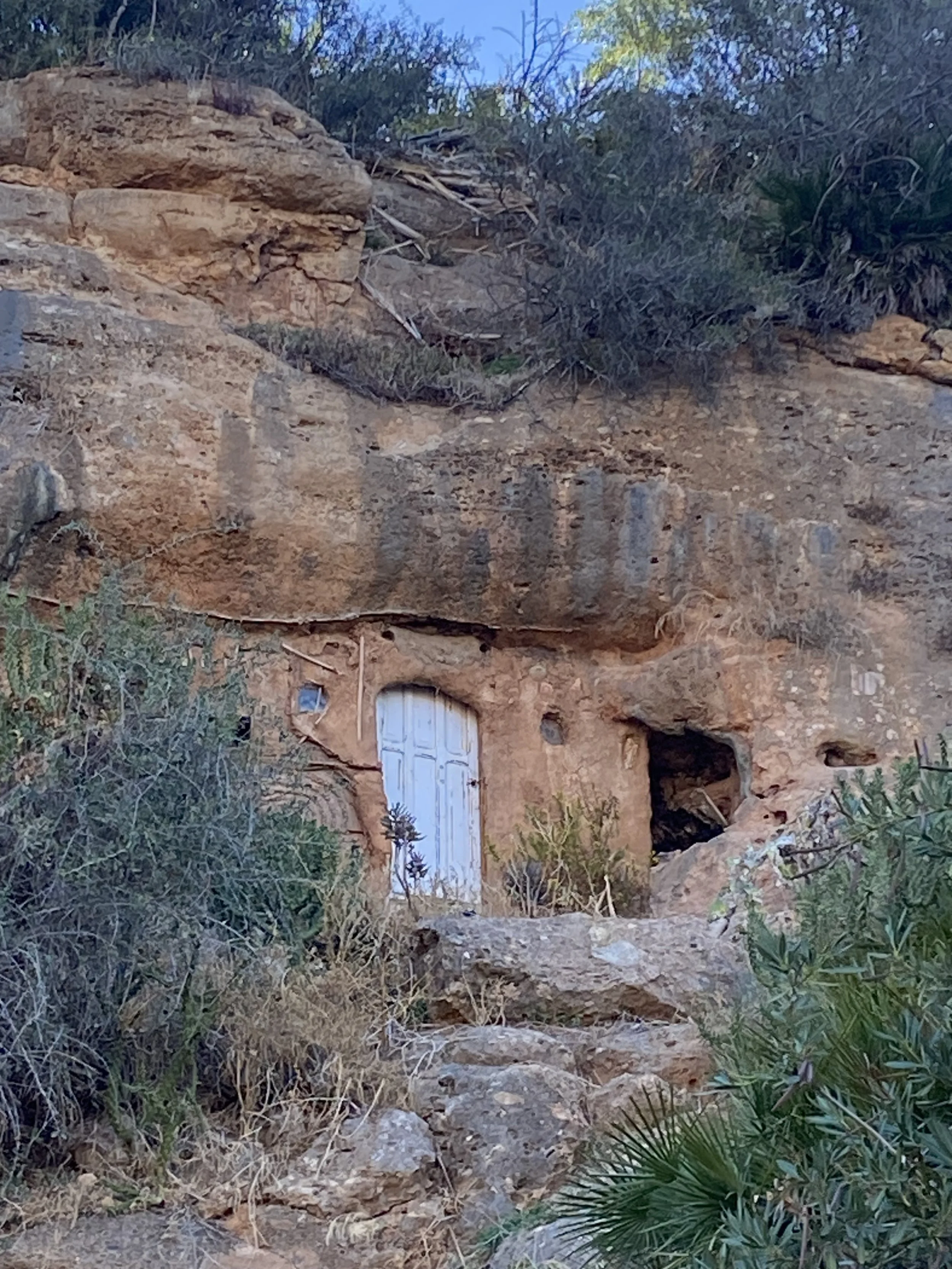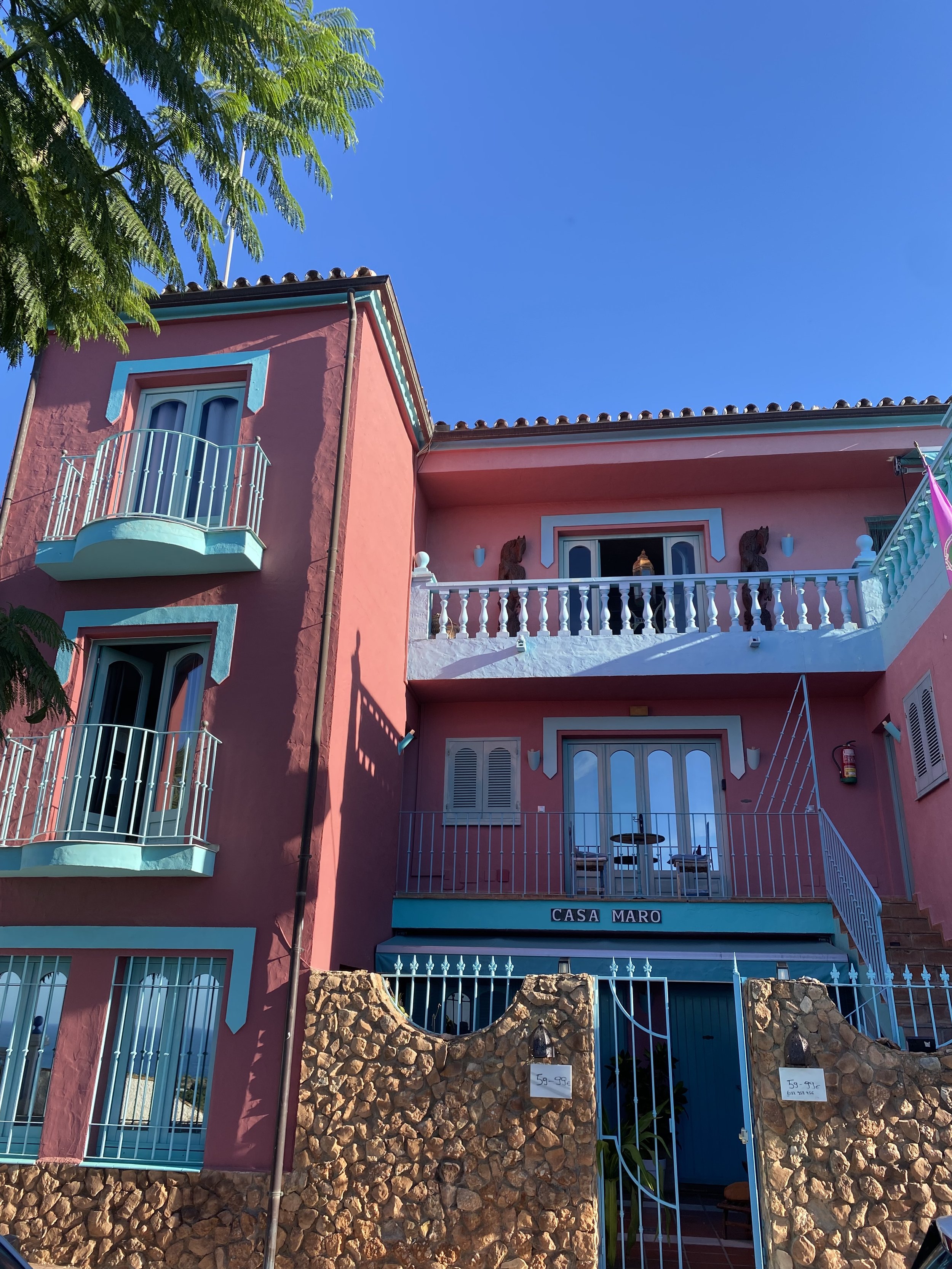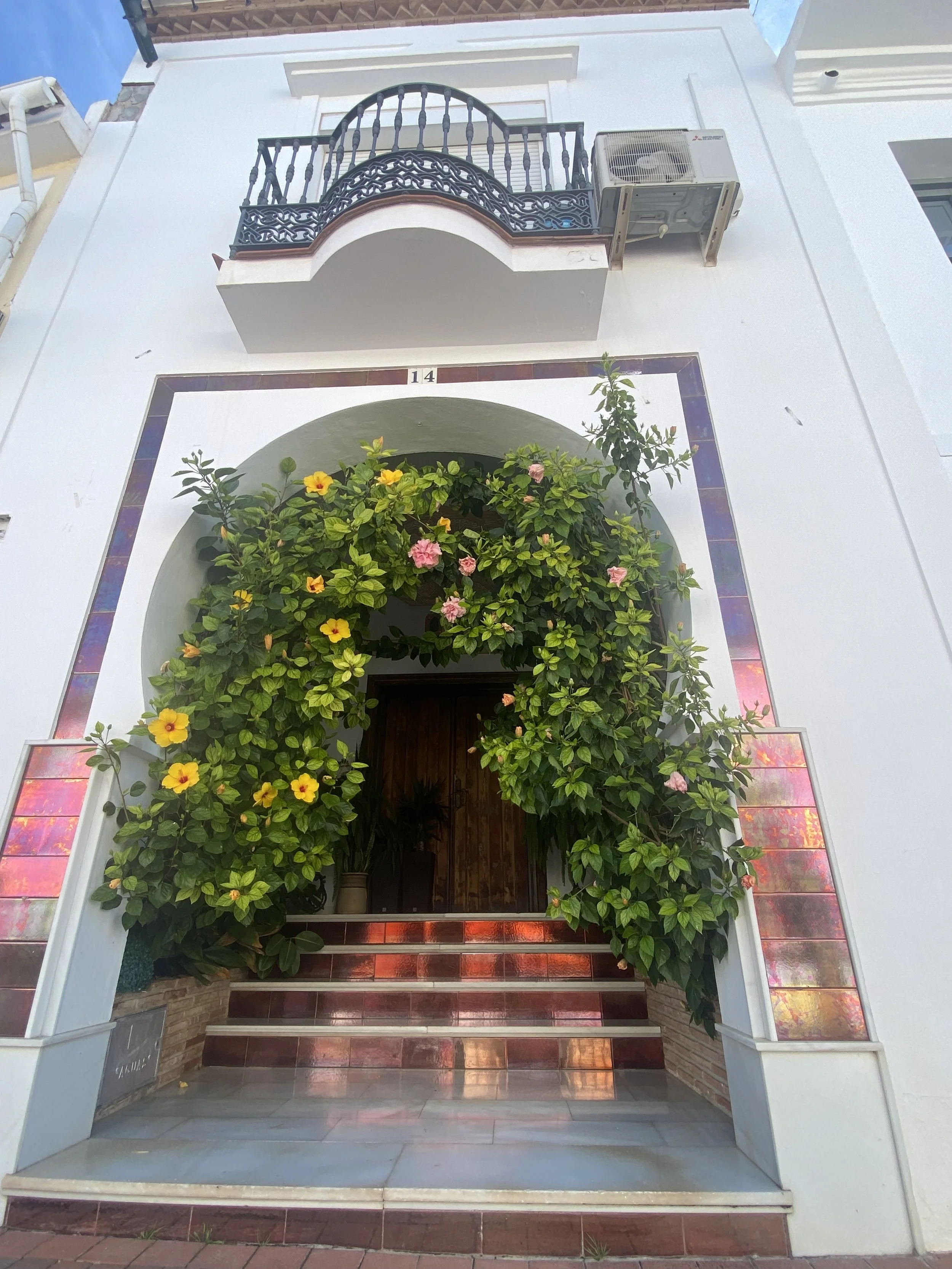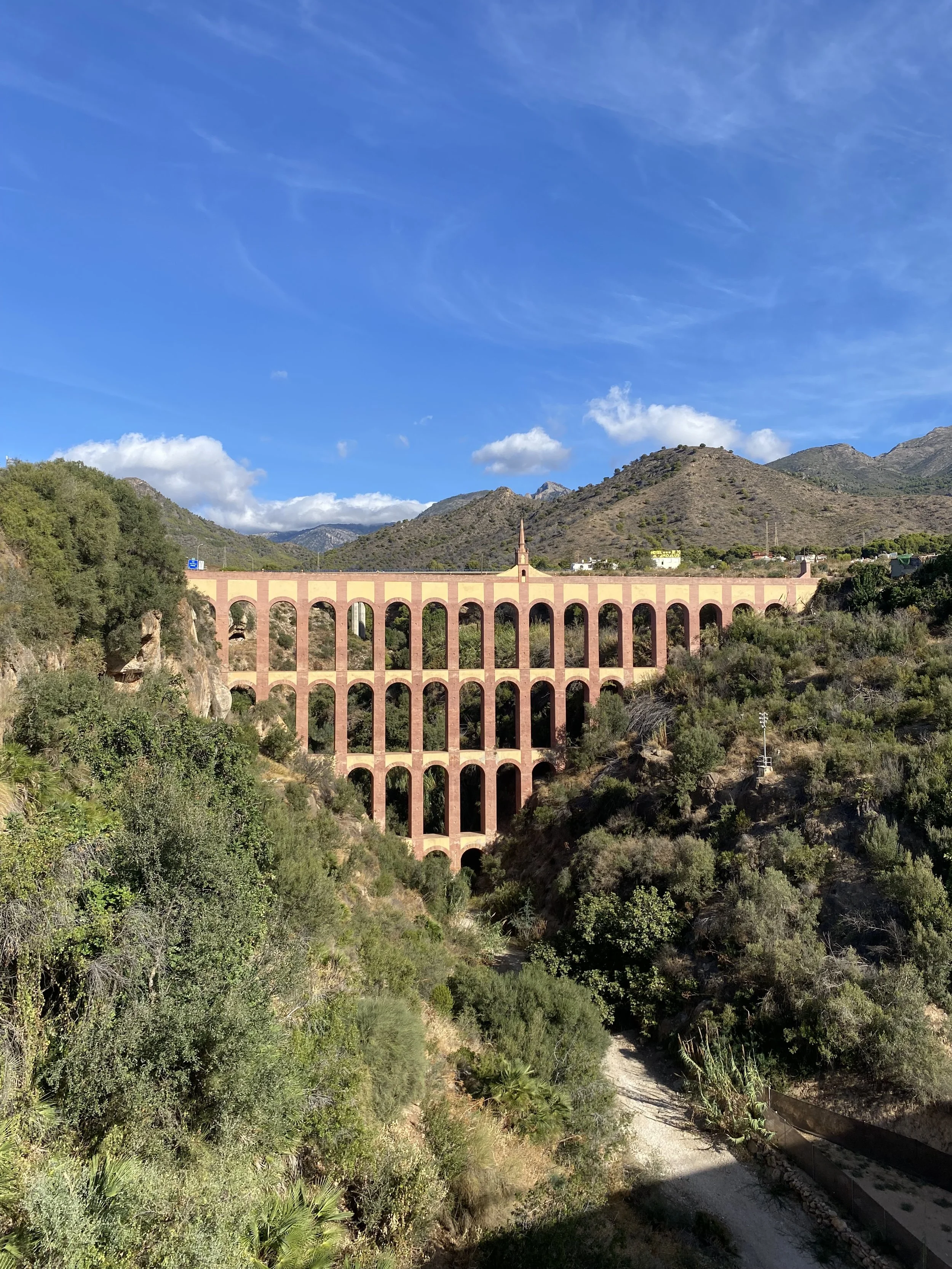Nerja Walks - Nerja to Maro - a Walk Through Water, Sugar and Time
From Nerja to Maro — A Walk Through Water, Sugar and Time
The Walk is around 7km.
Long before the Costa del Sol became known for sunshine and beaches, it would have been better described as the Costa del Azúcar — the Sugar Coast. From Málaga to Motril, dozens of mills once produced sugar and honey, some built as far back as the 16th century. The sweet scent of boiling cane filled the air, and water channels ran through the valleys to power the great engines of a thriving coastal industry.
This walk from Nerja to Maro follows traces of that past. It’s not wild countryside, but you’ll see plenty of it along the way — open farmland, fruit orchards, historical buildings and the sea glimmering in the distance. It’s a route full of contrasts: the hum of the main road beside you, and at the same time, the calm rhythm of rural life carrying on just beyond the edge.
Start near Carrefour Nerja, just off the main roundabout before entering town from the west, and head east on the pedestrian path that runs alongside the N-340. You’ll soon pass the roundabouts for Capistrano Village and Fuente del Baden, where the town begins to fade and the open countryside unfolds ahead.
Before long, look to your right and you’ll see the first historical landmark — the Aqueducto del Tablazo, often called the “Roman Table” aqueduct. Despite the name, it isn’t Roman but dates back to the 19th century, built to carry water from local springs towards the nearby sugar mills. Its red brick arches are elegant and understated, a smaller cousin of the famous Aqueducto del Águila further along. Most people drive past it without even noticing, but when you walk, you have the time to stop and take it in.
A little further on, to your left, stand the weathered remains of the Fábrica de Maro — the old sugar factory ruins that once formed part of the region’s thriving 19th-century cane industry. This site was connected by water channels and aqueducts to several mills, including the grander Ingenio de Maro o Armengol, which lies further inside Maro. Its tall chimney and arched brick structures still stand proudly among the fields, silent reminders of the time when sugarcane dominated this coastline and the scent of molasses filled the air.
Just before the roundabout into Maro, a small road turns off to the right. Take it, and soon you’ll come to an old stone bridge known as Puente Viejo del Barranco de Maro, or simply Puente del Águila. It’s a peaceful, slightly hidden spot — a glimpse into another century. The bridge once linked the farmlands and sugar mills between Maro and Nerja, crossing the deep ravine where water still runs after heavy rains. From here, the views are unforgettable: on one side, the famous Eagle Aqueduct stretches gracefully across the valley; on the other, the sea glimmers far below. Above you, in the rocky hillside, are caves where people live - one even has a simple wooden door. Take a moment to pause and breathe it all in, but be careful as the ground here can be uneven and steep.
From the bridge, continue uphill. The narrow road winds past fields of vegetables and small orchards. You might hear the buzz of a tractor, or the bark of dogs across the valley. Eventually, the road rejoins the N-340, and within a few minutes you’ll reach the roundabout at the entrance to Maro.
Carry on straight, pass the Centro Social de Maro on your left, and take the first road on the right, Calle Nuestra Señora de las Maravillas. This pretty, long, narrow street takes you through the heart of the village, past whitewashed houses, flower-filled balconies and colourful doorways. At the end, on your left, you’ll spot the pink-painted Hostal Casa Maro, and to your right, open views of the farmlands and the sea. Turn left and you’ll find yourself in Maro’s main square, home to the Iglesia de Nuestra Señora de las Maravillas, built in the 17th century.
Right beside the church, Café Balcón de Maro is the perfect place to pause for a break. Enjoy a coffee, a light lunch or a homemade snack while taking in the views of the mountains, the Maro Tower further afield, and the Ingenio de Maro o Armengol down below, one of the last great sugar mills of the Axarquía, still standing proudly near the fields that once fed it. The atmosphere is calm and timeless, a moment of stillness before the walk back.
After your rest, continue up Calle Real, just behind the church. This quiet street feels like a bubble from another era, lined with beautifully kept traditional houses, colourful flowers and gleaming tiles. Everything is spotless, peaceful and serene — the kind of street that makes you slow down just to take it all in. At the end, the road curves back and rejoins the main Maro road. This road takes you towards the roundabout where you entered Maro.
Most walkers return to Nerja along the N-340 route. The walk back feels easy: just strolling down the walking path and the Eagle Aqueduct appearing even closer and more dramatic in the afternoon light. Depending on the time of day, the sun may turn the arches a deep terracotta, and the sea beyond glows with that soft blue light that only Andalucía seems to have.
This is one of those simple yet rewarding walks - close to town, but rich with countryside, history and beauty. Every bridge, ruin and flowered balcony tells a story of the people who lived, worked and walked here long before us. Sometimes the best discoveries aren’t hidden far away; they’re just waiting along the road, asking you to slow down and notice.
